Best natural houseplant fertilisers
Choosing houseplant fertilisers can be a real muddle. Save time and money by making your own natural houseplant fertiliser from some surprising everyday ingredients
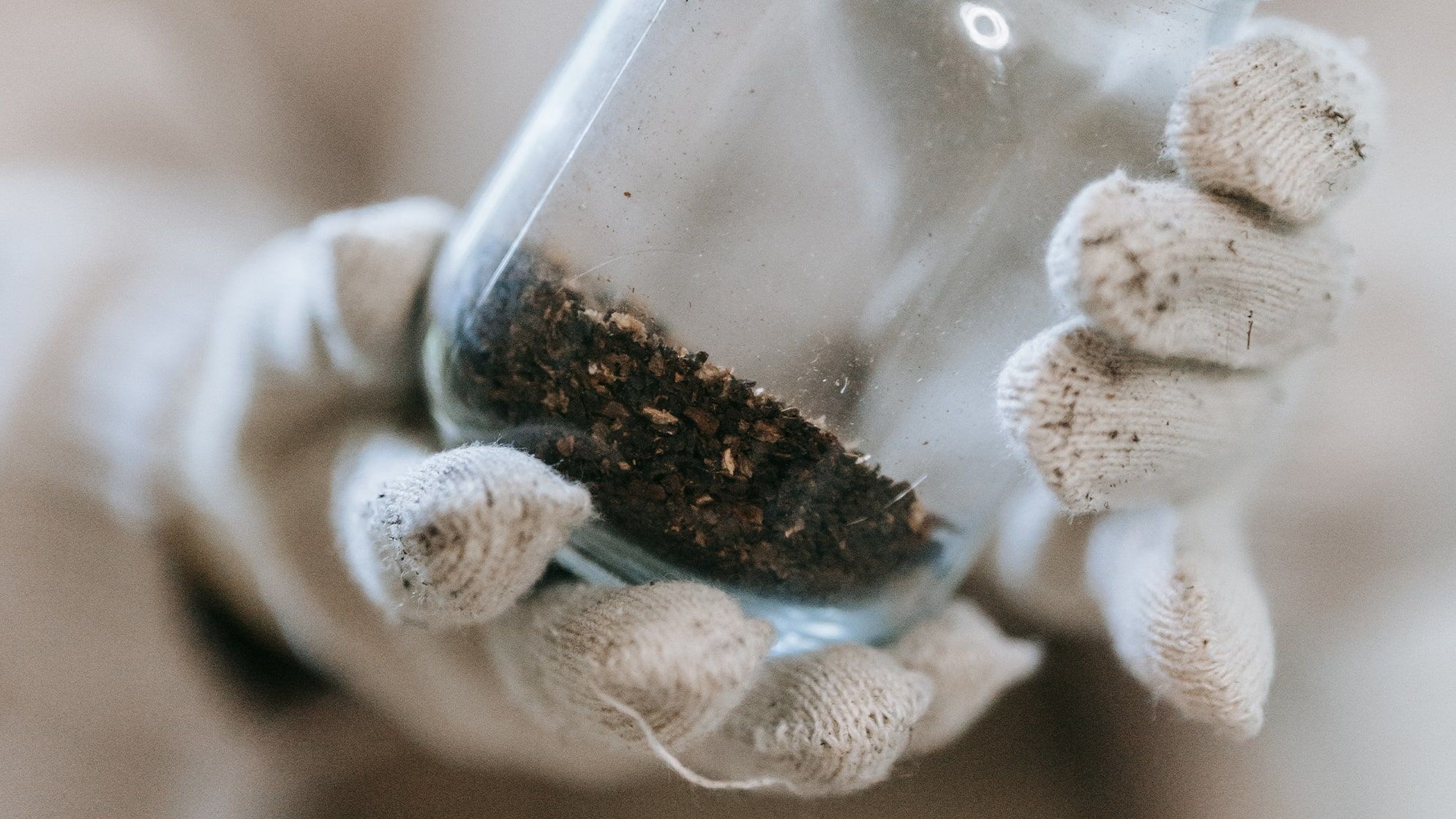
Every plant needs certain nutrients to survive and thrive, especially houseplants. Unfortunately, a lot of commercial fertilisers use harsh chemicals that can harm the environment. Thankfully, there's a solution – natural fertilisers. These marvellous mixtures can be made from some interesting ingredients that you probably already have at home.
What is natural fertiliser?
All plants need three main nutrients: nitrogen, phosphorus, and potassium. Each one provides specific benefits:
- Nitrogen – Protein powder for plants, promotes bushy foliage
- Phosphorus – Encourages root growth and is vital for hardiness
- Potassium – Helps photosynthesis and protects against diseases
Fertilisers are designed to provide houseplants with these nutrients. Commercial fertilisers use synthetic chemicals to generate these nutrients cheaply and easily. However, they often do more harm than good.
That's where natural fertilisers come in. These fertilisers use organic, natural ingredients to provide houseplants with crucial nutrients without the need for harsh chemicals.
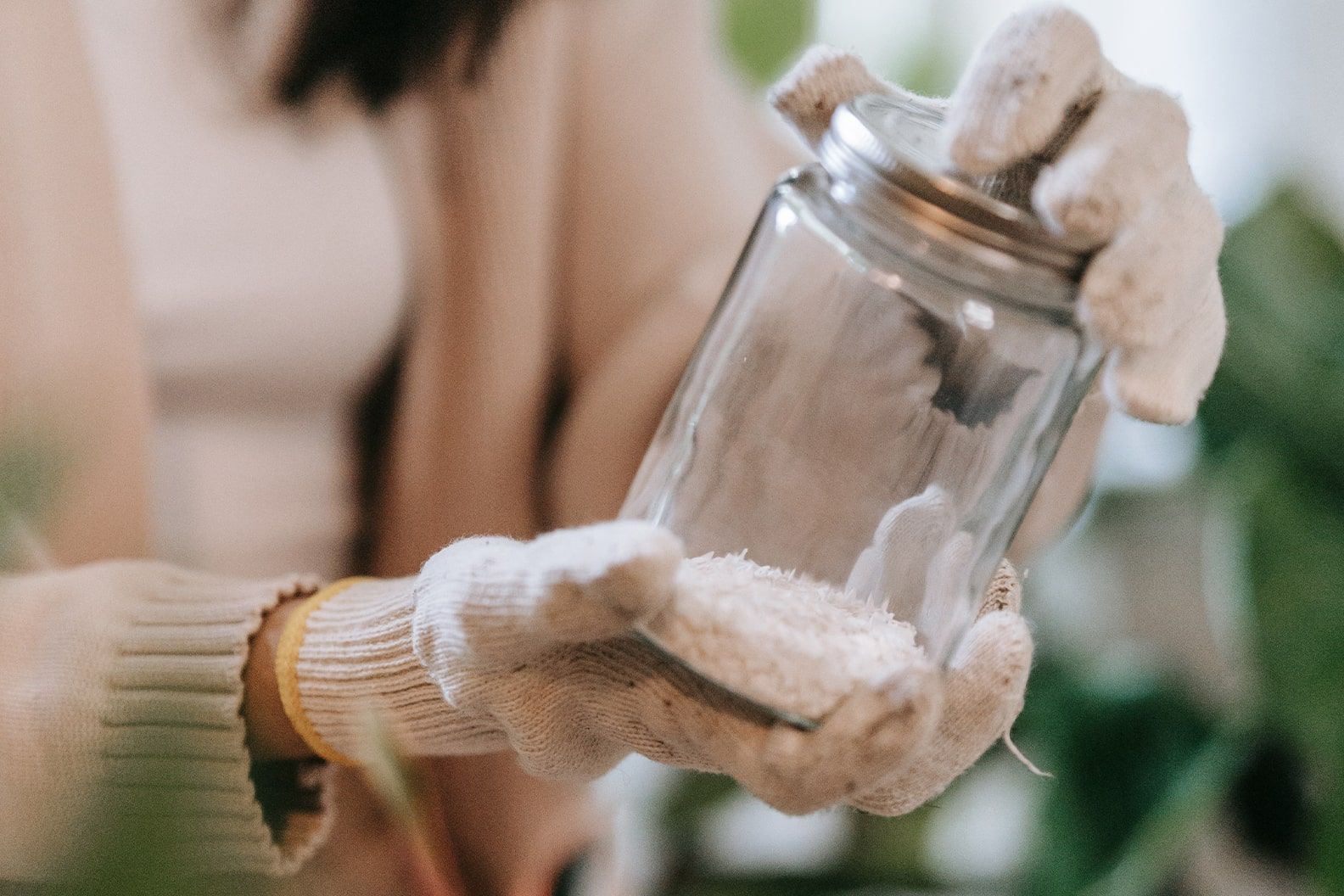
Benefits of natural fertiliser
Chemical fertilisers work by force-feeding nutrients into our houseplants instead of the soil itself. They use potent chemicals that can burn plants and leave toxic salts behind, which look like patches of white mould in the soil.
Natural fertilisers focus on slowly releasing nutrients into the soil, which your houseplant naturally absorbs through its roots. This also encourages beneficial microbes that improve soil structure and airflow.
When made from everyday ingredients that you already use, natural fertilisers are ridiculously cheaper than shop-bought fertilisers. They're also much safer and are non-toxic to humans and animals.
Natural fertilisers are also biodegradable, a much more sustainable option for eco-conscious plant parents.
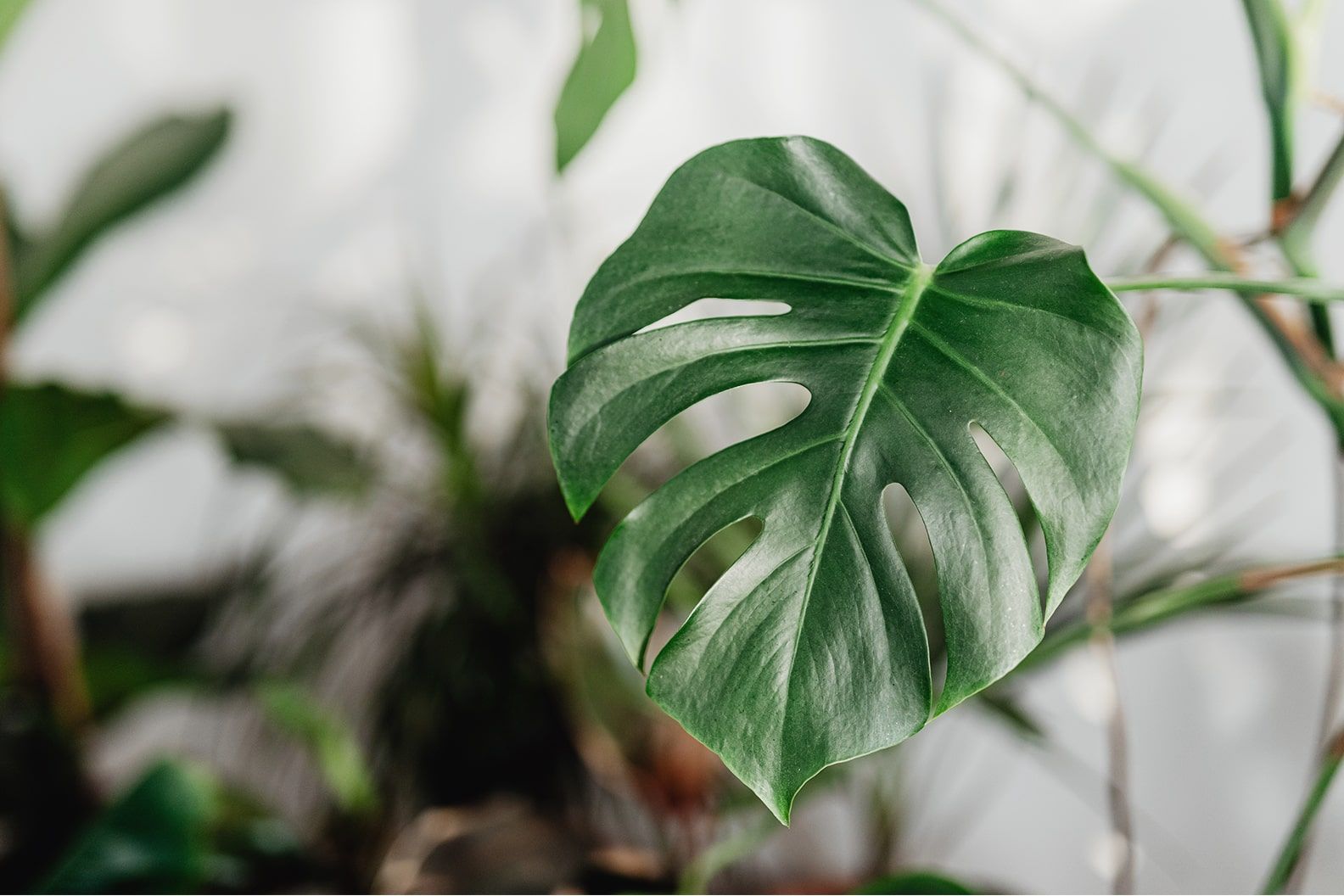
When to use fertiliser
Fertilise houseplants while they're going through the growing season from spring until the end of summer. Once a month is usually the sweet spot, but research your plant's individual requirements.
Don't feed your houseplants in winter as they naturally take a nap in the colder months. Always dilute fertilisers with water.
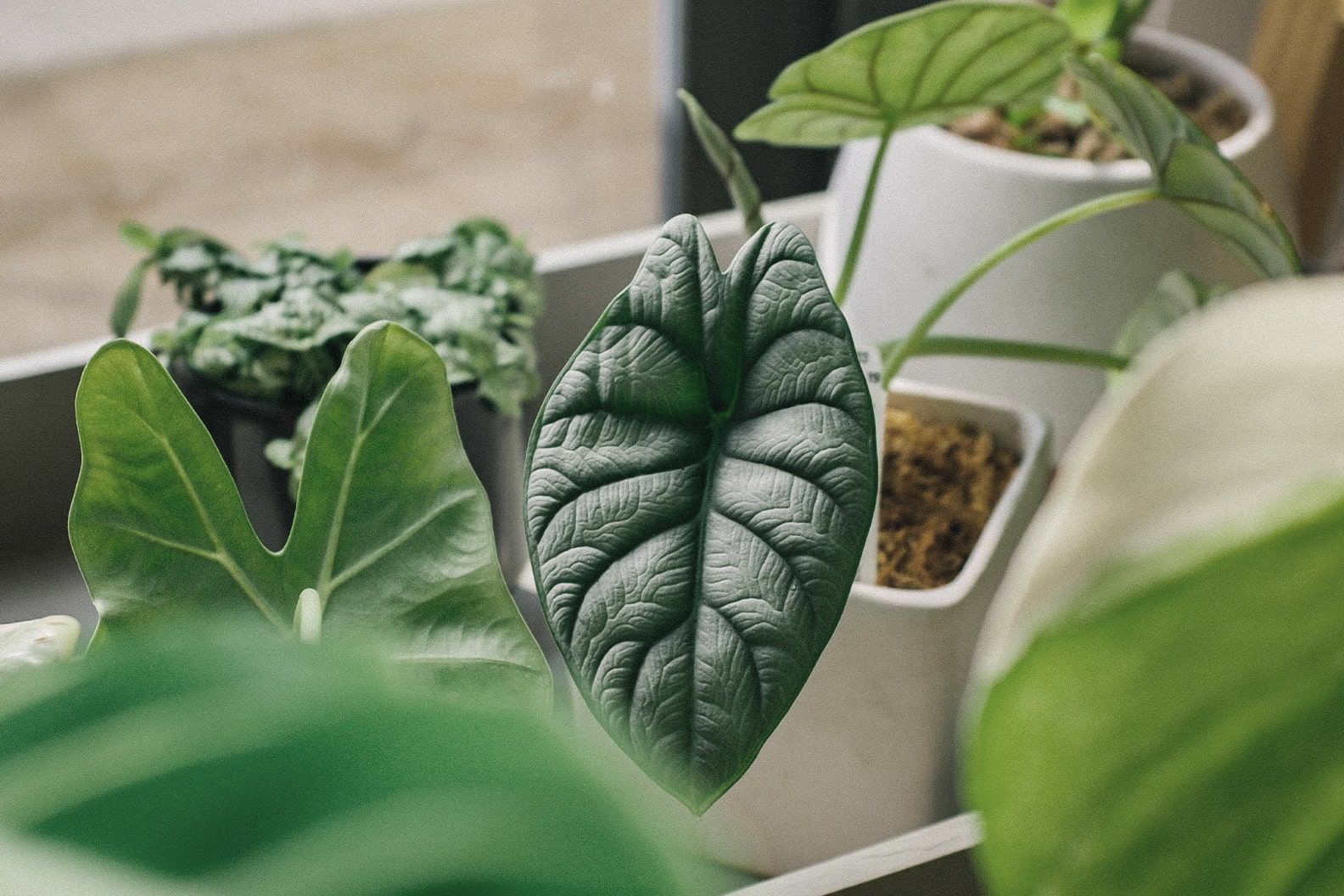
How to make natural fertilisers
While you can buy natural fertilisers from garden centres, it's also possible to make your own if you don't mind getting a bit technical.
Any homemade fertiliser needs to provide plenty of nitrogen, phosphorus, and potassium. A good recipe is to mix bone meal (phosphorus), potash (potassium), and urea (nitrogen) with plenty of warm water. You can buy all three ingredients from garden centres.
If you don't fancy that, here are five unexpected everyday ingredients that make great natural fertilisers:
Banana peels
Don't throw your empty banana peels into the food waste as they're a fantastic source of potassium. Create an organic liquid fertiliser by blending banana skins into a syrup and mixing with water. When repotting your plants, try incorporating chopped banana peel into the fresh potting mix.
Coffee grounds
Once you've had your morning espresso, save some for your houseplants. Spent coffee grounds are packed with nitrogen and are ideal for plants like Bertie who needs a little acidity in her soil. Work some coffee grounds straight into the potting mix.
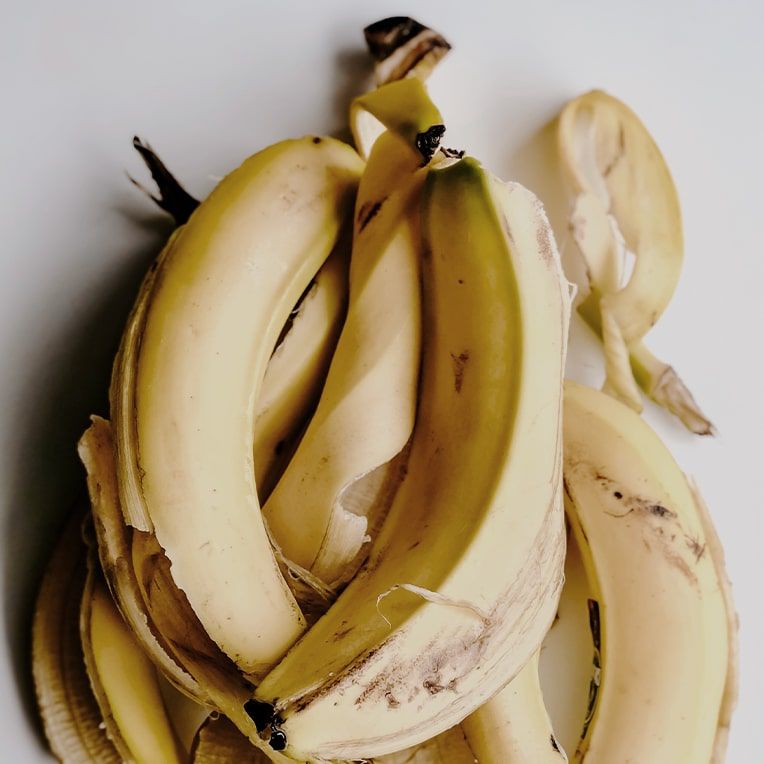
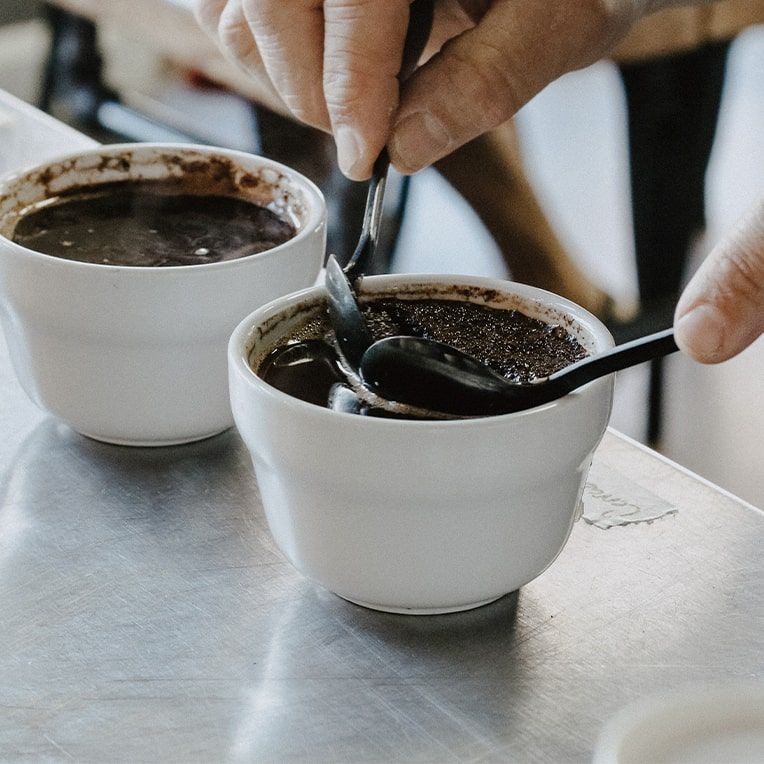
Eggshells
It's worth giving eggshells a crack as a natural fertiliser because they're packed with helpful nutrients like calcium and phosphorus. Remove any runny residue by washing the eggshells. The shards can then be merged with houseplant compost. You can also steep them overnight in water to create some liquid plant food.
Epsom salts
These soothing salts aren't just good for bath time. They're also a great source of minerals like magnesium, which helps plants produce chlorophyll. Make a rich liquid fertiliser by mixing a teaspoon of Epsom salts with a litre of warm water.
Green tea
Green tea is good for the mind, and it's also good for your houseplants. Green tea leaves are packed with nutrients, although they're only suitable for plants that like slightly acidic soil. Once you've enjoyed your brew, separate the tea leaves from the bag before working them into the soil.
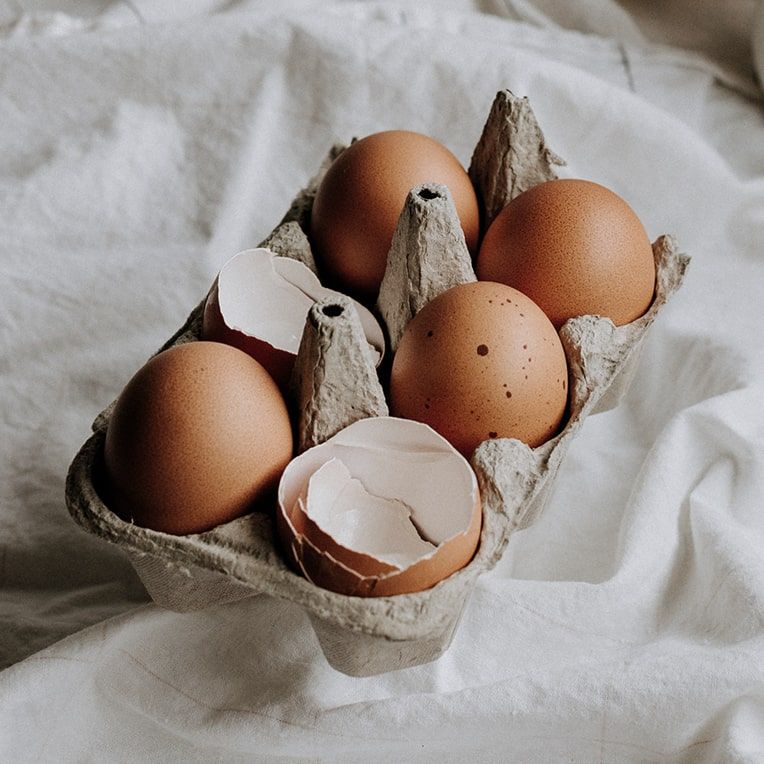
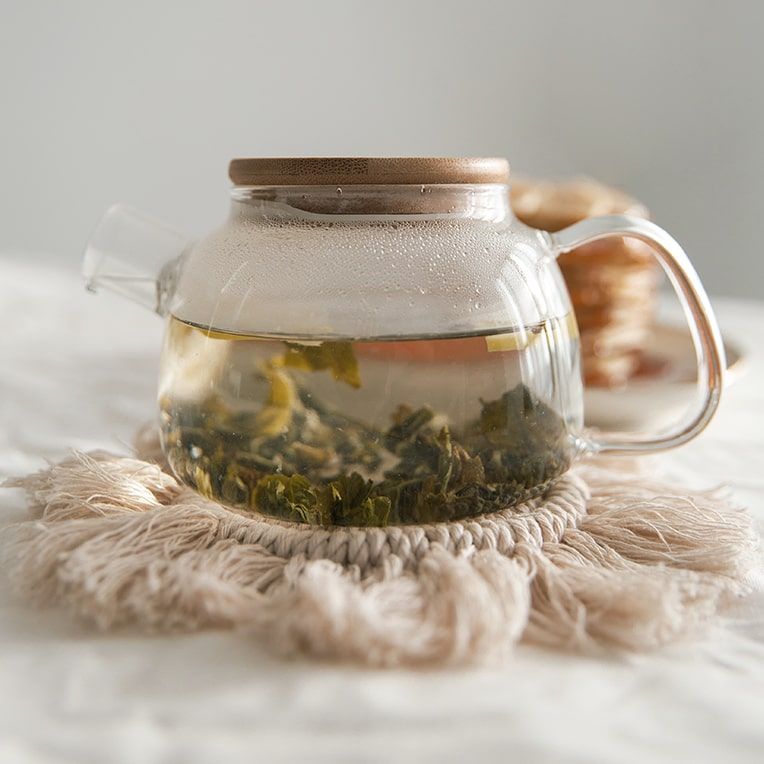
Whether you’re making your own natural fertiliser mix or raiding your kitchen cupboards, there are plenty of sustainable options when it comes to feeding your houseplant collection.
Rewild your inbox
Plant tips. Special offers. No spam.
You might like
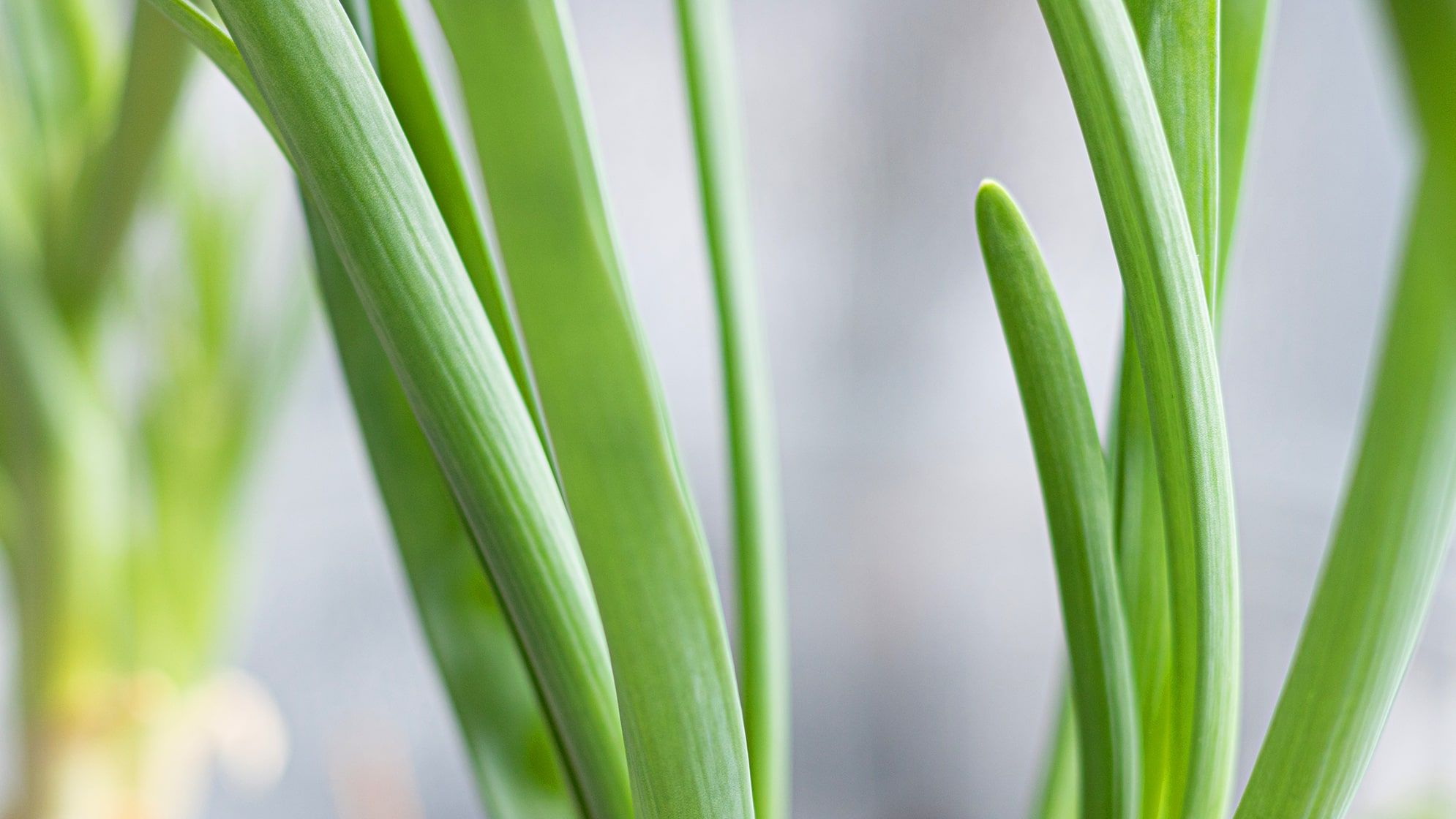
How to grow spring onions
Start your windowsill herb garden with spring onions.
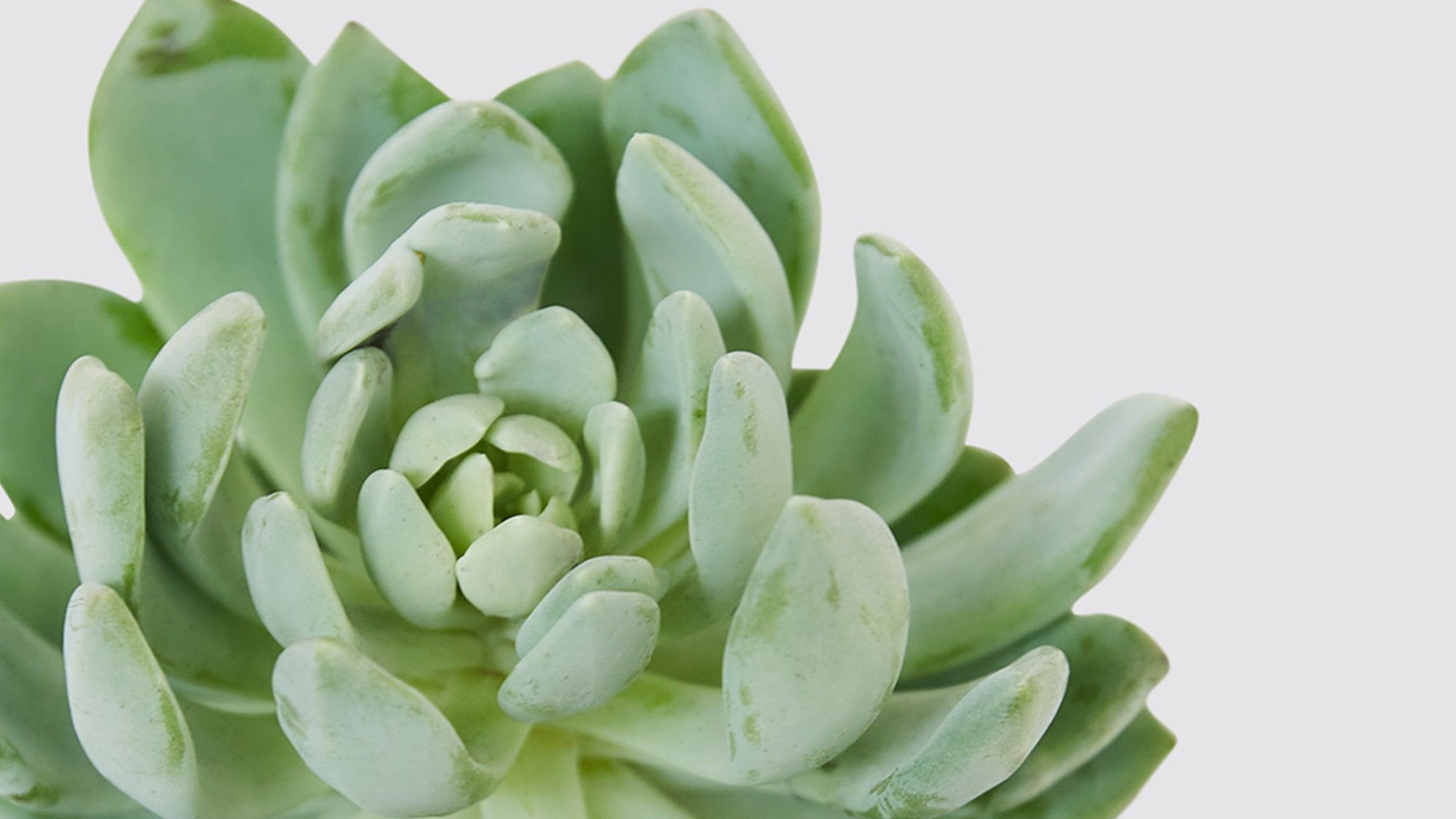
Complete guide to succulent care
Small but mighty, succulents are easy to keep happy
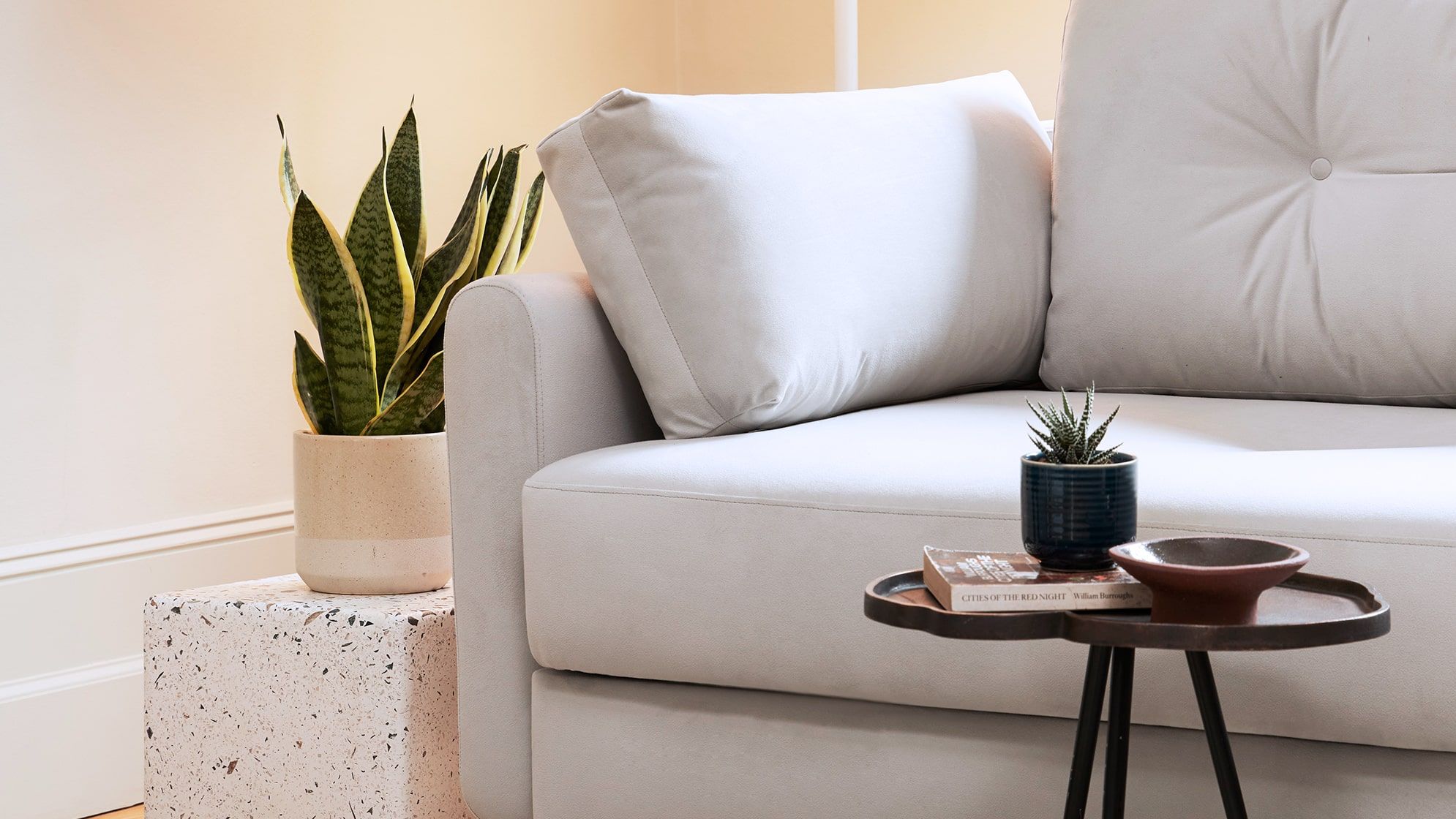
6 ways to create a Scandi home with plants
Be at one with nature.
